Transparency
Trust
Digital Transparency
in Porto
The ‘Transparência Digital à Porto’ (Digital Transparency in Porto) initiative, coordinated by Porto Digital, seeks to increase digital transparency concerning digital technologies and services implemented in public spaces in the city.
In a world increasingly dependent on technology and digital tools, it is important to ensure that citizens have mechanisms at their disposal that make it easier to understand how technology is used in public spaces.
Find out how a more transparent and connected Porto improves everyone’s lives!
FRAMEWORK
Access to information about the digital technologies and services implemented in the urban space is intended to help enlighten citizens about their benefits, as well as making clear possible impacts on security and digital rights.
The ‘Digital Transparency in Porto’ pilot project aims to explore the implementation of a communication standard called taxonomy. This standard will provide detailed information about various aspects, including the organization responsible for installing and maintaining the system, the supported services, and data collection and processing procedures.
This pilot project will involve studying several areas of the city and different approaches to interacting with citizens.
The Municipality of Porto is undertaking this project developed by Porto Digital, which fits in with the city’s strategy as a living laboratory, testing new solutions in a real context.
Find out all about this innovative pilot project!
powered by
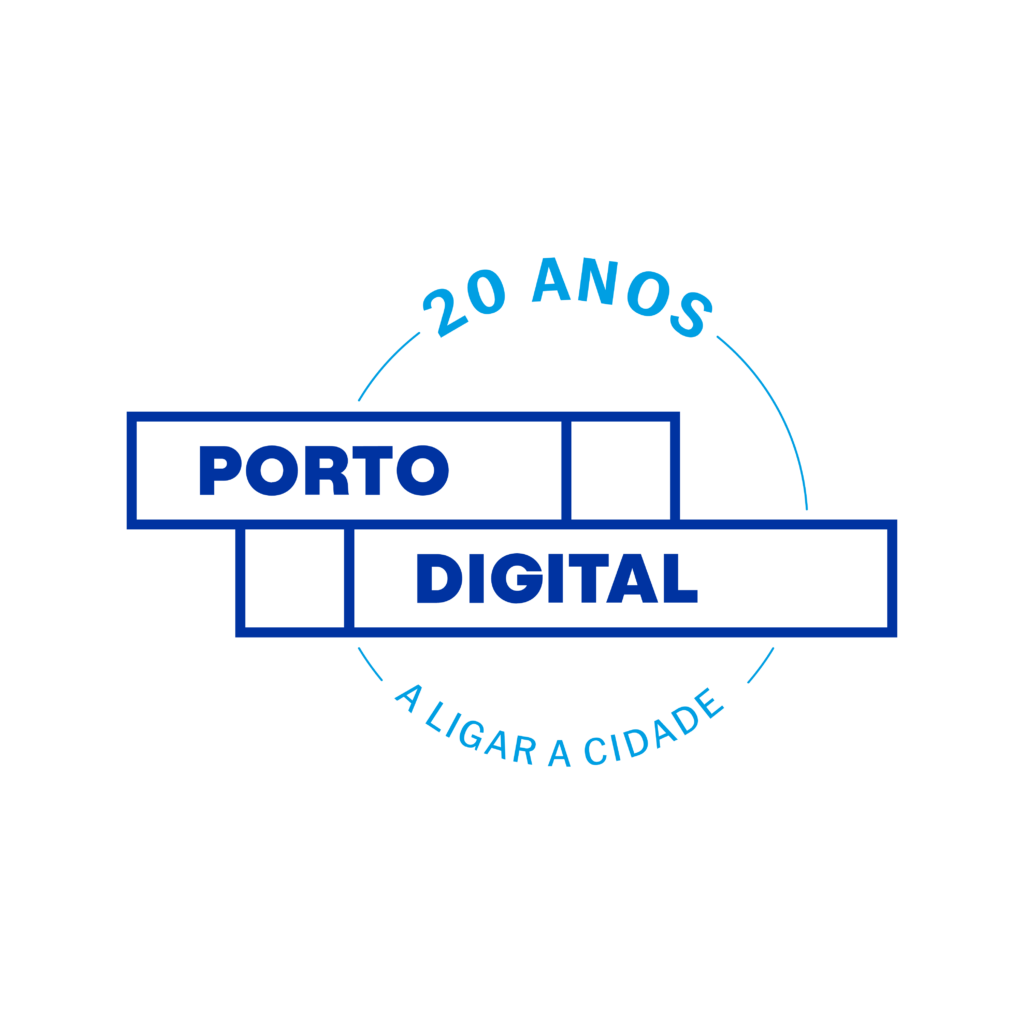
Transparency in data collection
Communicating current data collection practices in the city of Porto and how these are communicated to citizens.
Strengthening digital rights
Widen the discussion of the importance of citizens’ digital rights and Porto’s position in this area.
Challenges of digital trust
Examining the current challenges for generating citizen trust in the digital environment, especially eith regard to data management.
Inclusive communication strategies
Ideas and strategies for communicating inclusively with citizens about data collection and use, considering different digital and analogue media.
Evaluation of the results of the pilot project
Discussion of the results of the Digital Transparency Pilot in Porto and its impact on citizen trust.
Technology and citizen trust
Explore how technological innovations can be used to strengthen citizen trust in the use of urban data management.
Urban data governance
Debate on the principles and practices of urban data governance and their relationship with citizen trust.
Digital education and citizenship
Digital education and citizenship
TAXONOMY AND DATA
The Digital Trust for Places & Routines (DTPR) is the open source communication standard adopted in the context of this pilot project. It aims to increase transparency, readability and accountability of digital technology in the urban environment.
The taxonomy is a useful tool to understand the purpose of each digital technology and identifies the organization responsible for it. The concepts are conveyed through icons that are inserted into hexagons. This geometric shape allows for different combinations, which is essential in places where there are multiple concepts or icons.
Thus, the icons are placed in public places, signalling the presence of technologies, and complemented with a QR code that directs the user to an online platform.
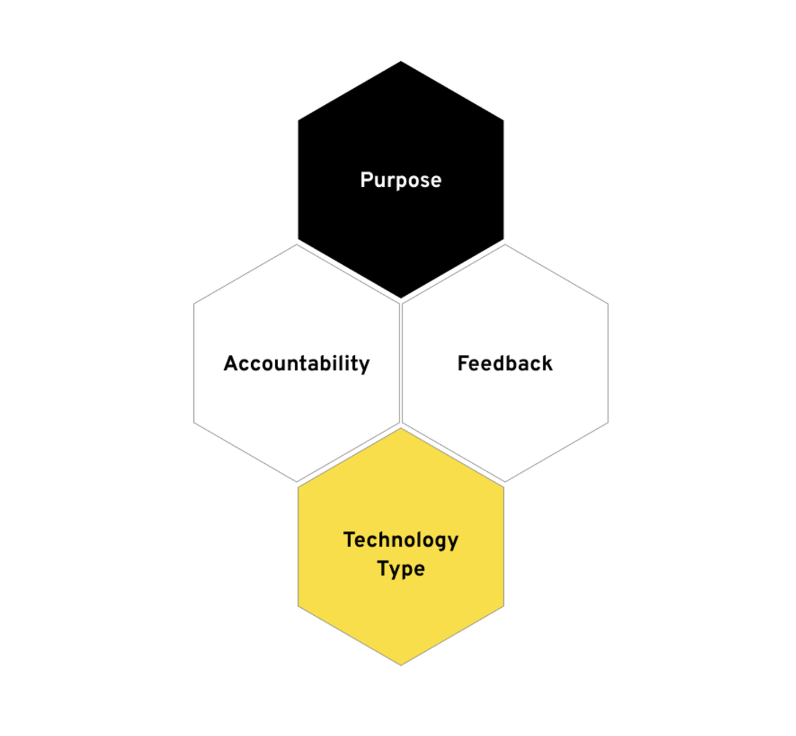
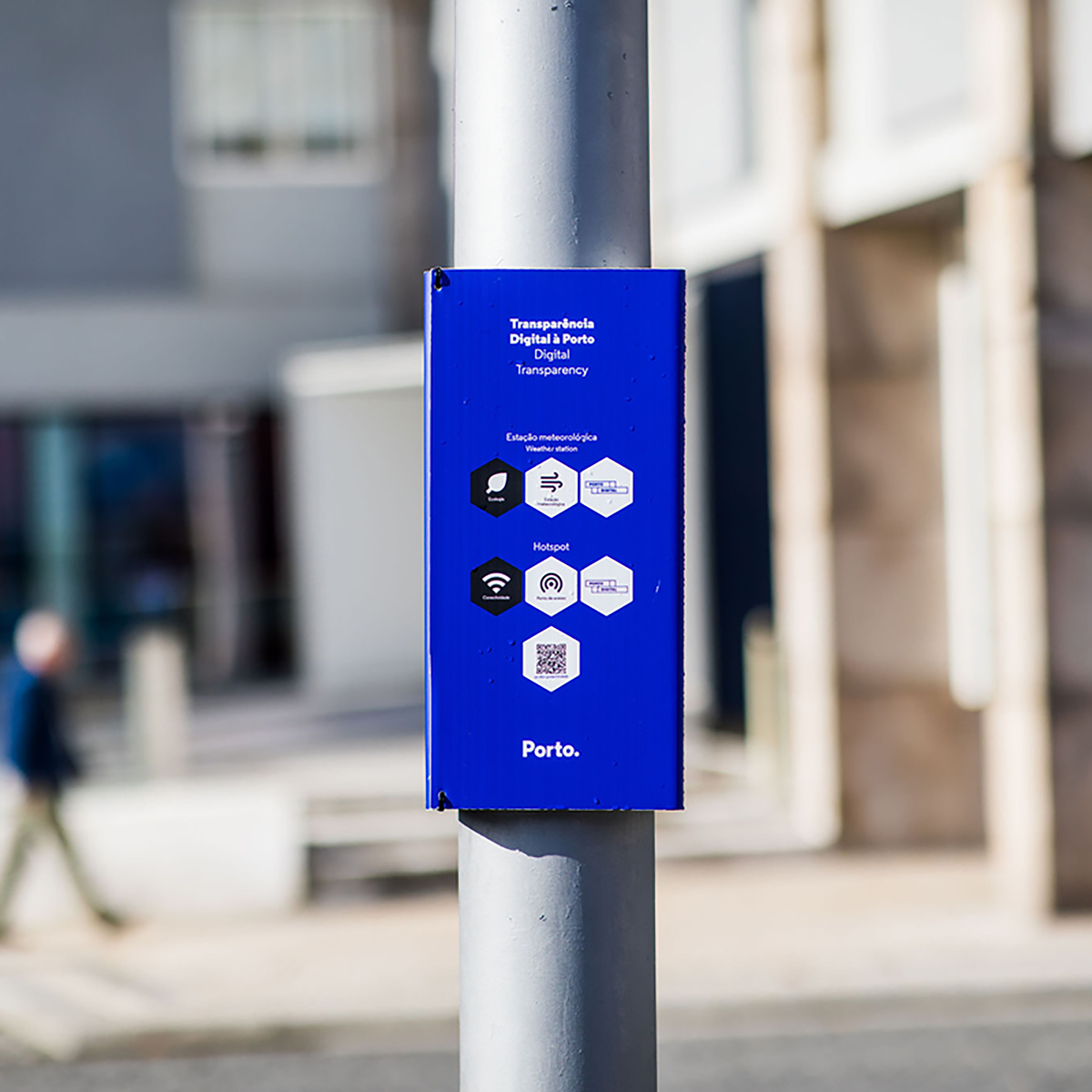
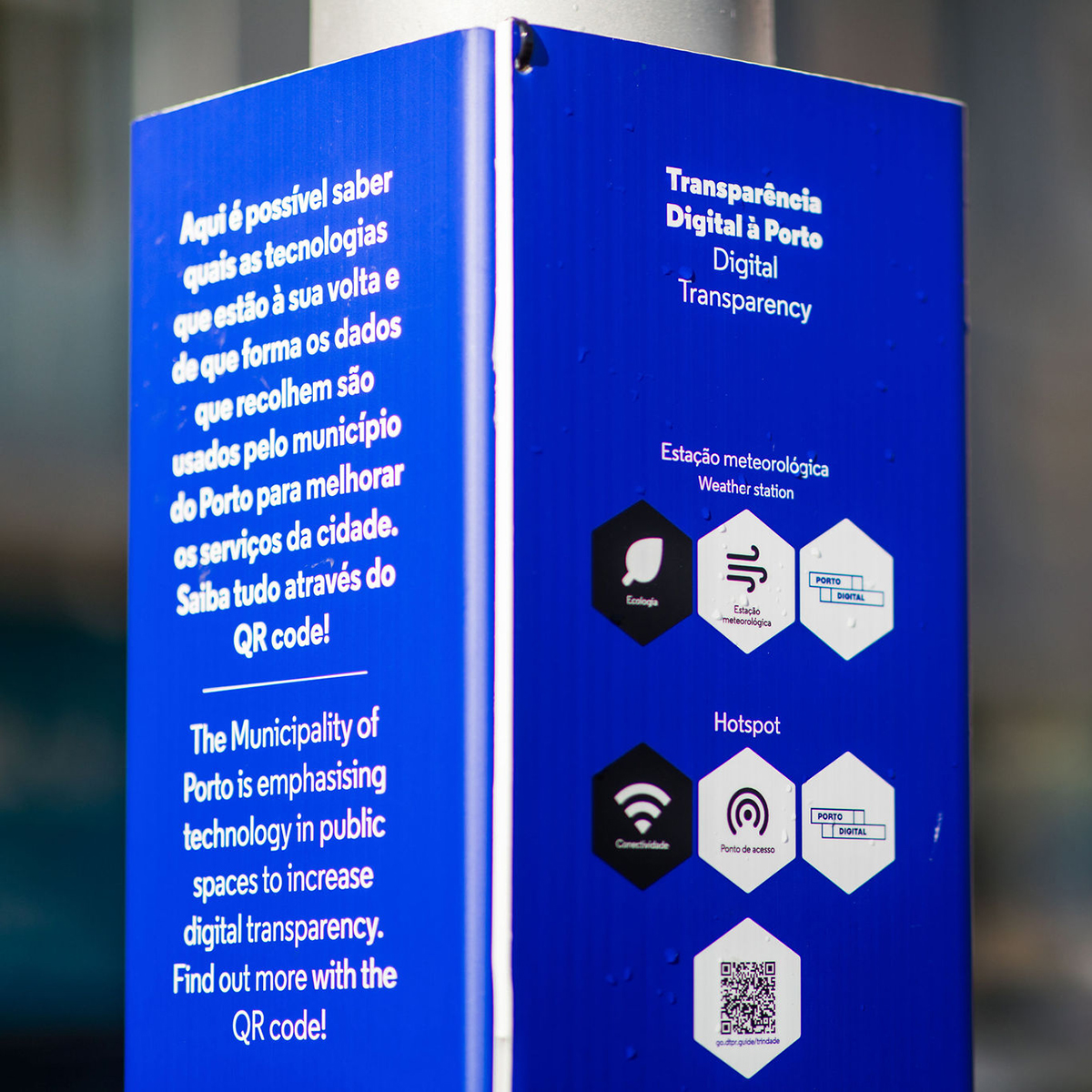
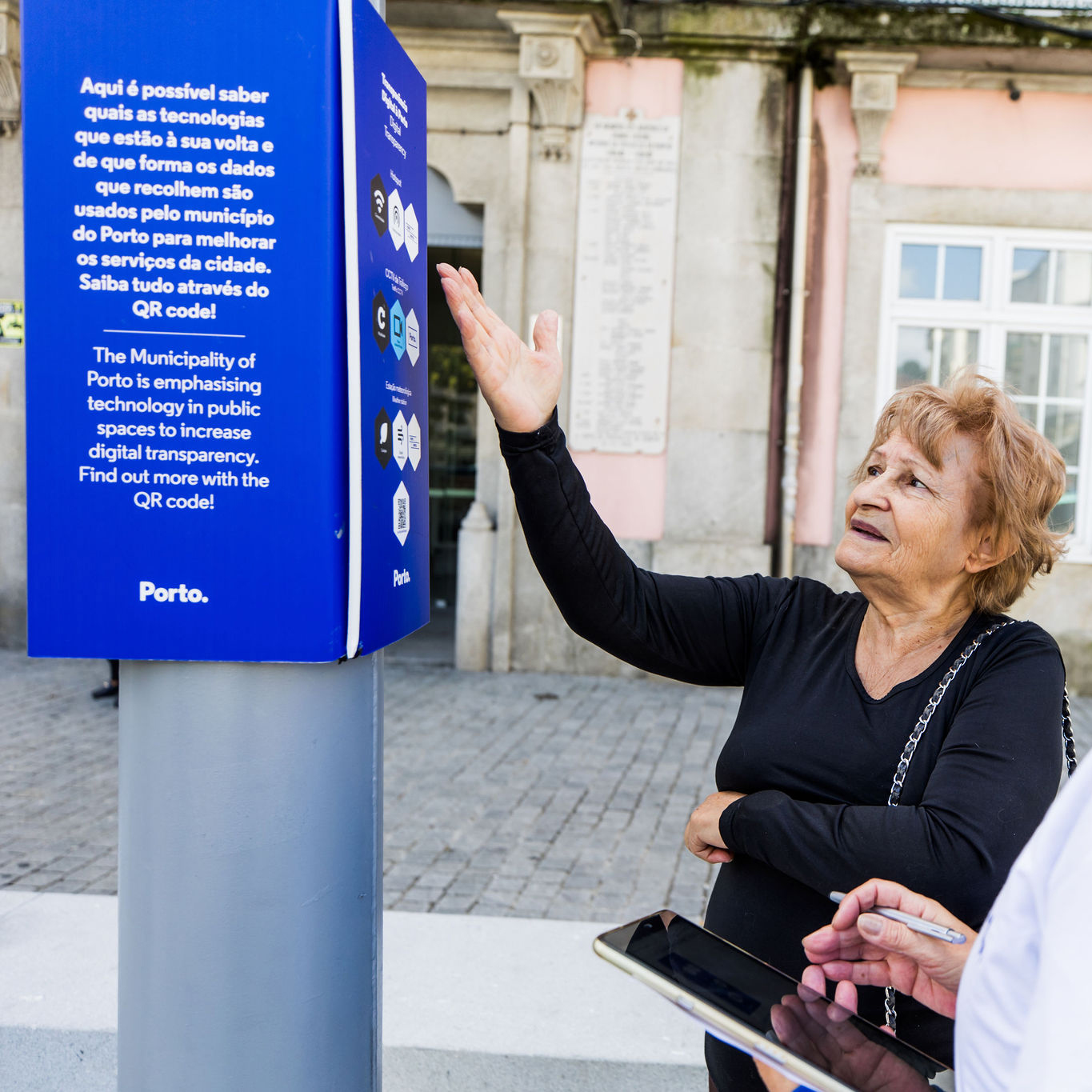
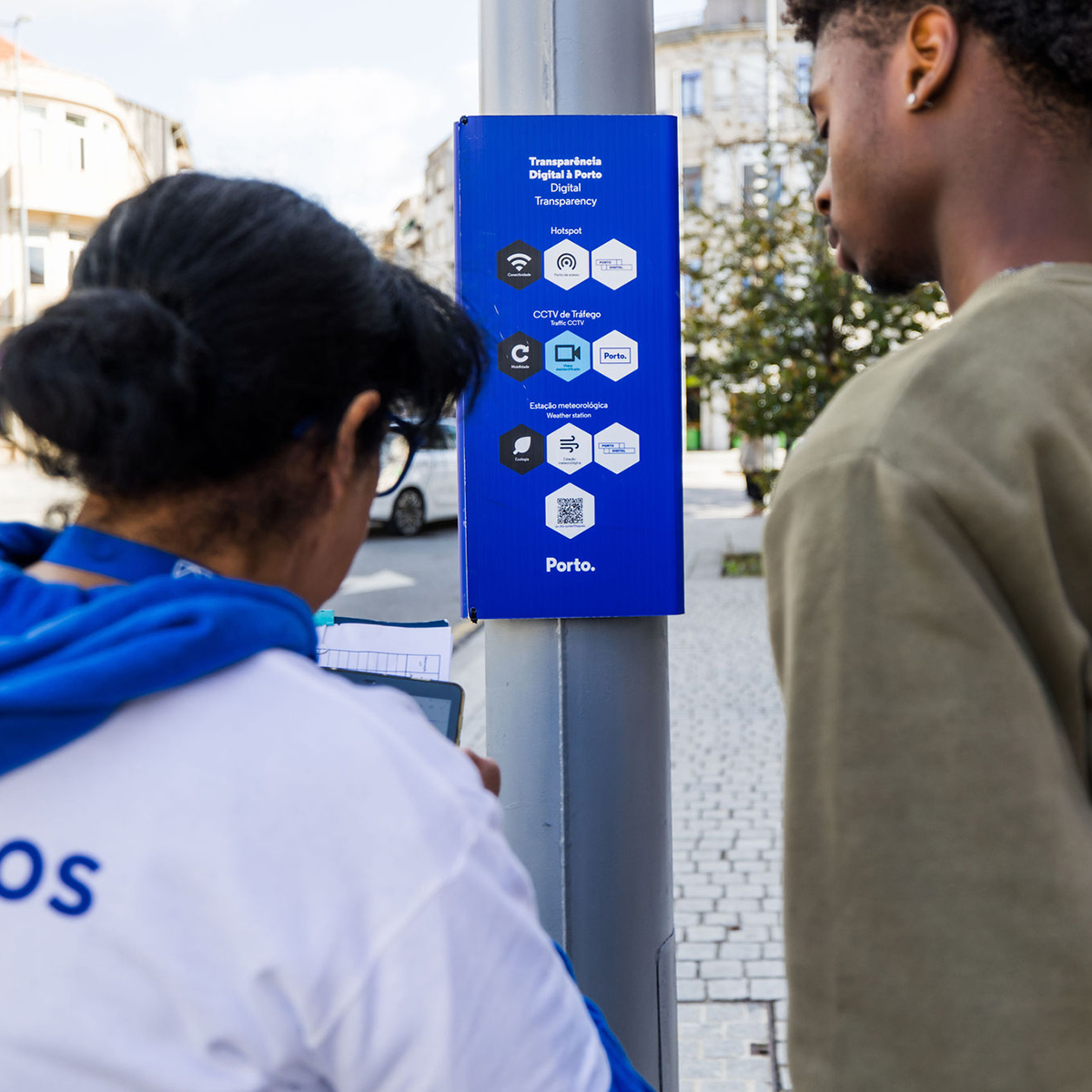
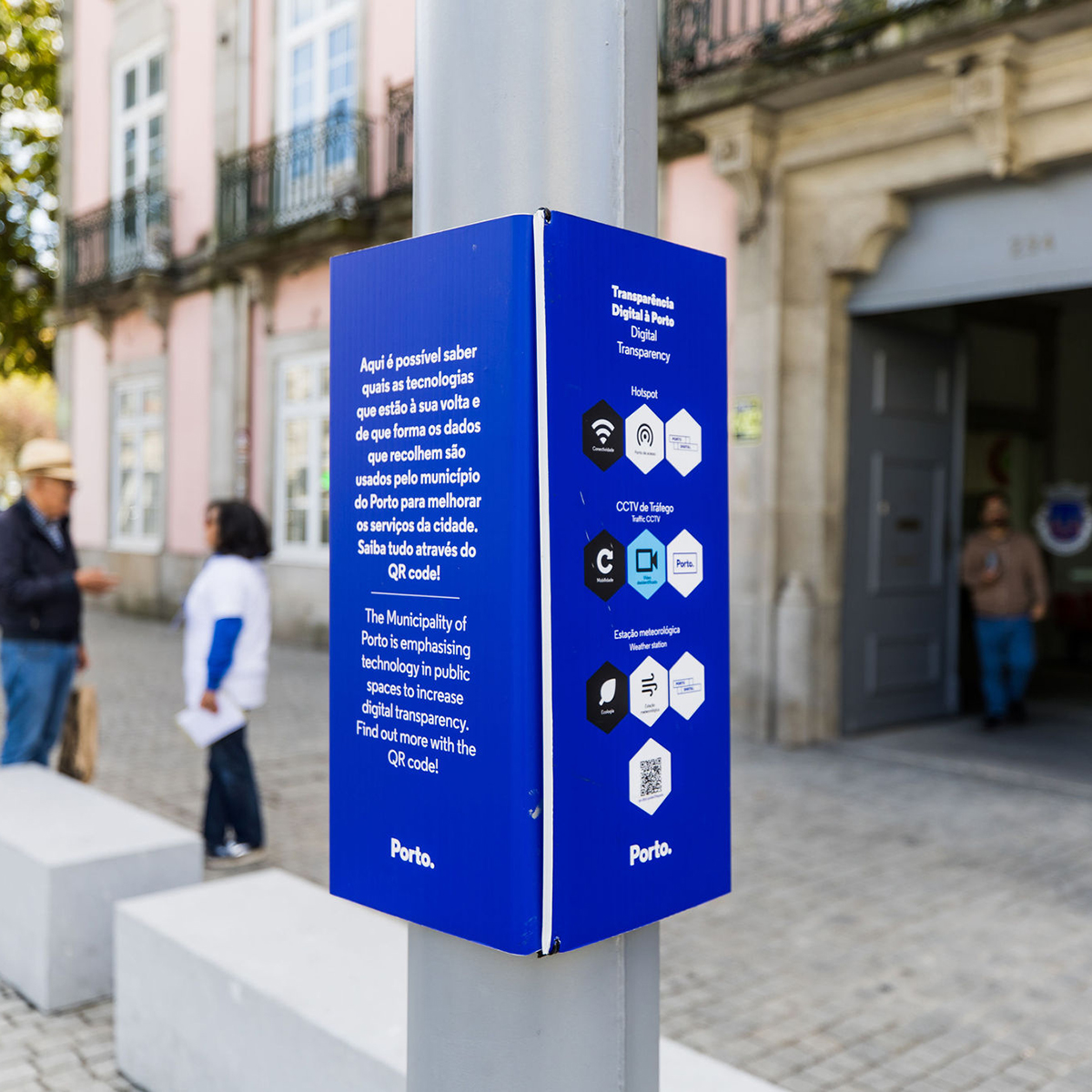
PLATFORM
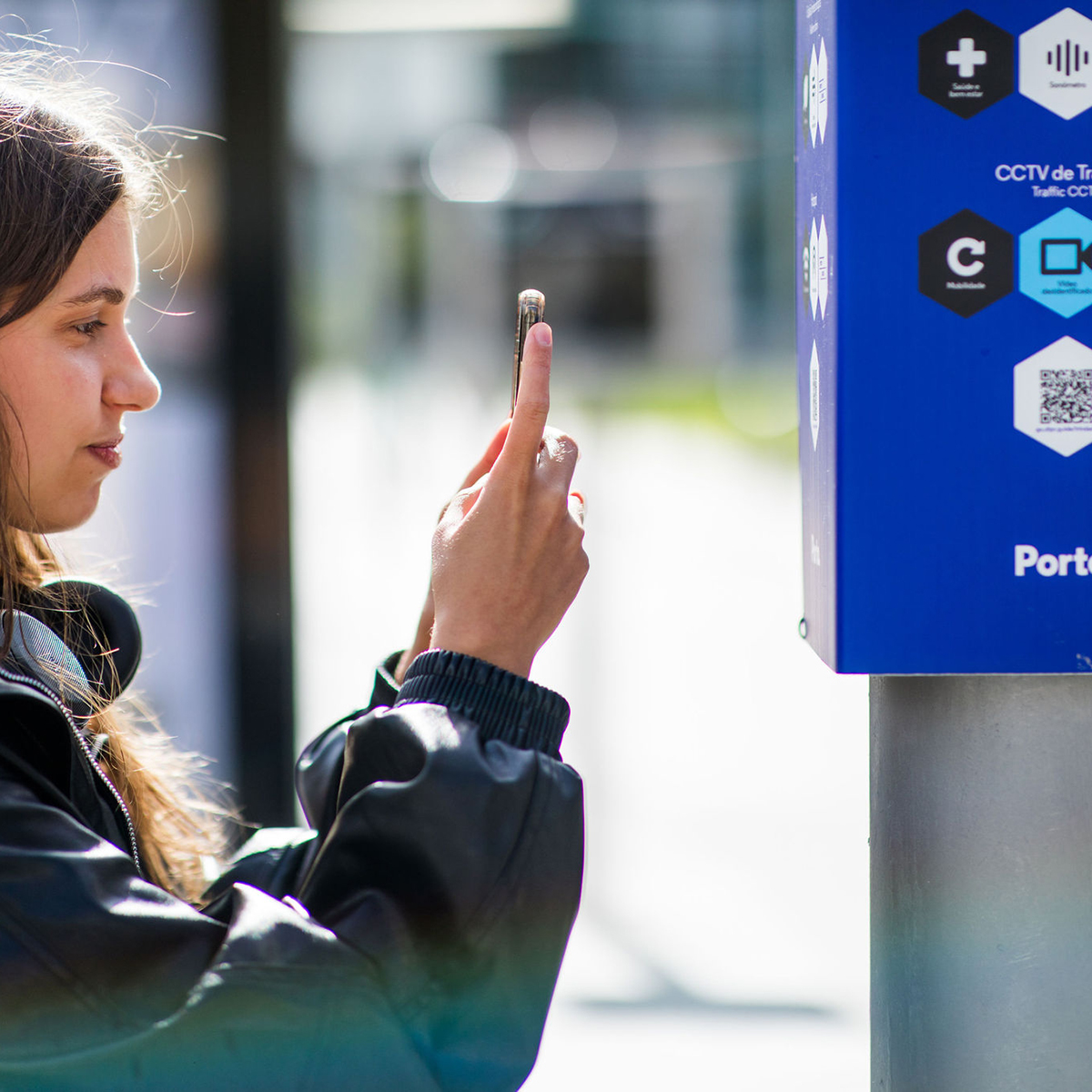
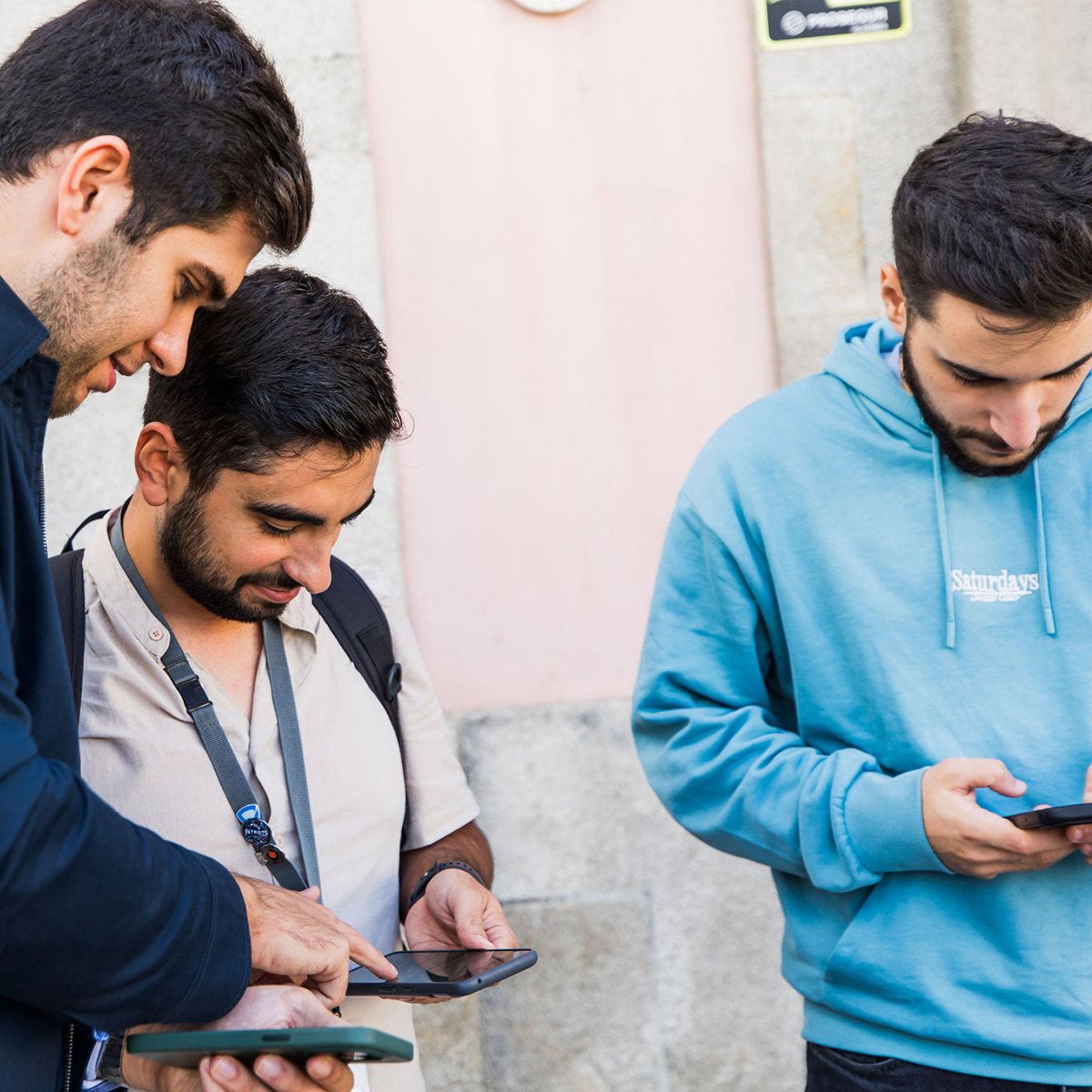


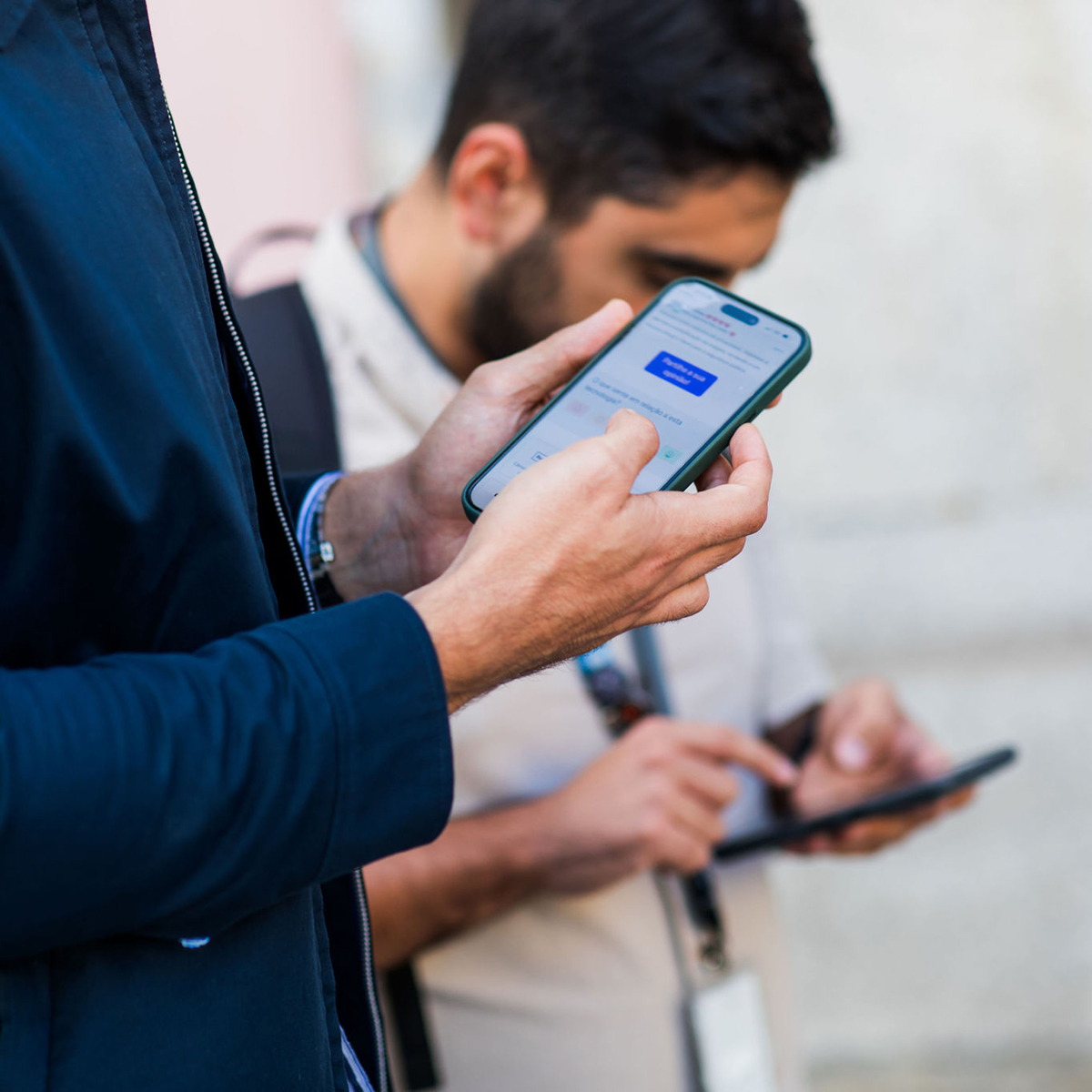
The platform is run by the company Helpful Places, under the motto of helping organizations and communities harness the power of technology in a transparent, inclusive, and participatory way. This platform offers comprehensive information on the data chains of each type of technology, clarifying who uses and processes the collected data.
APPROACH
In order to understand the impact of the project, a comparative analysis will be made of the results before and after the implementation of the taxonomy on the streets of Porto. The analysis will focus on citizens’ perception of urban technologies, assessing their recognisability and their level of satisfaction in order to identify adjustments and improvements to be implemented in the future.
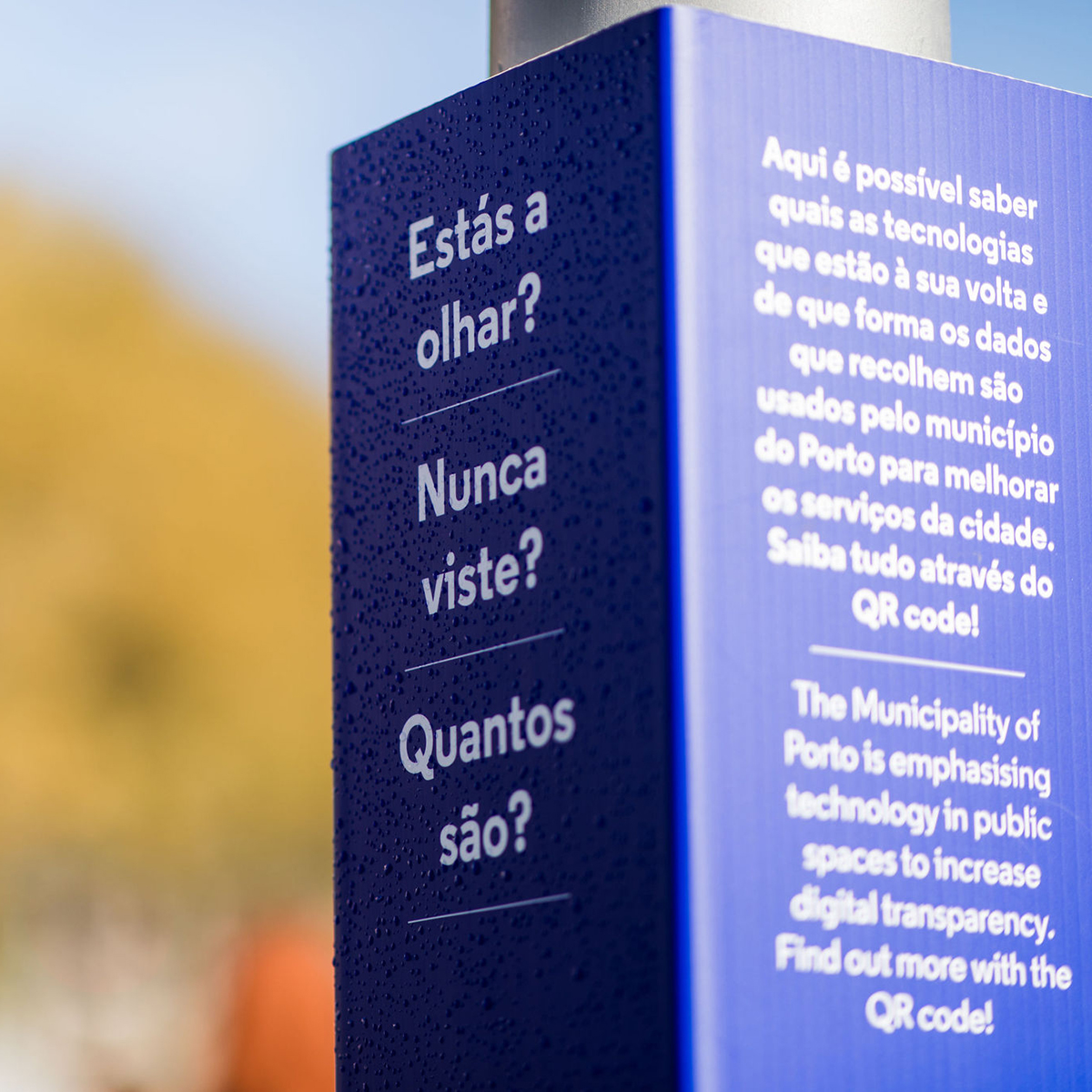
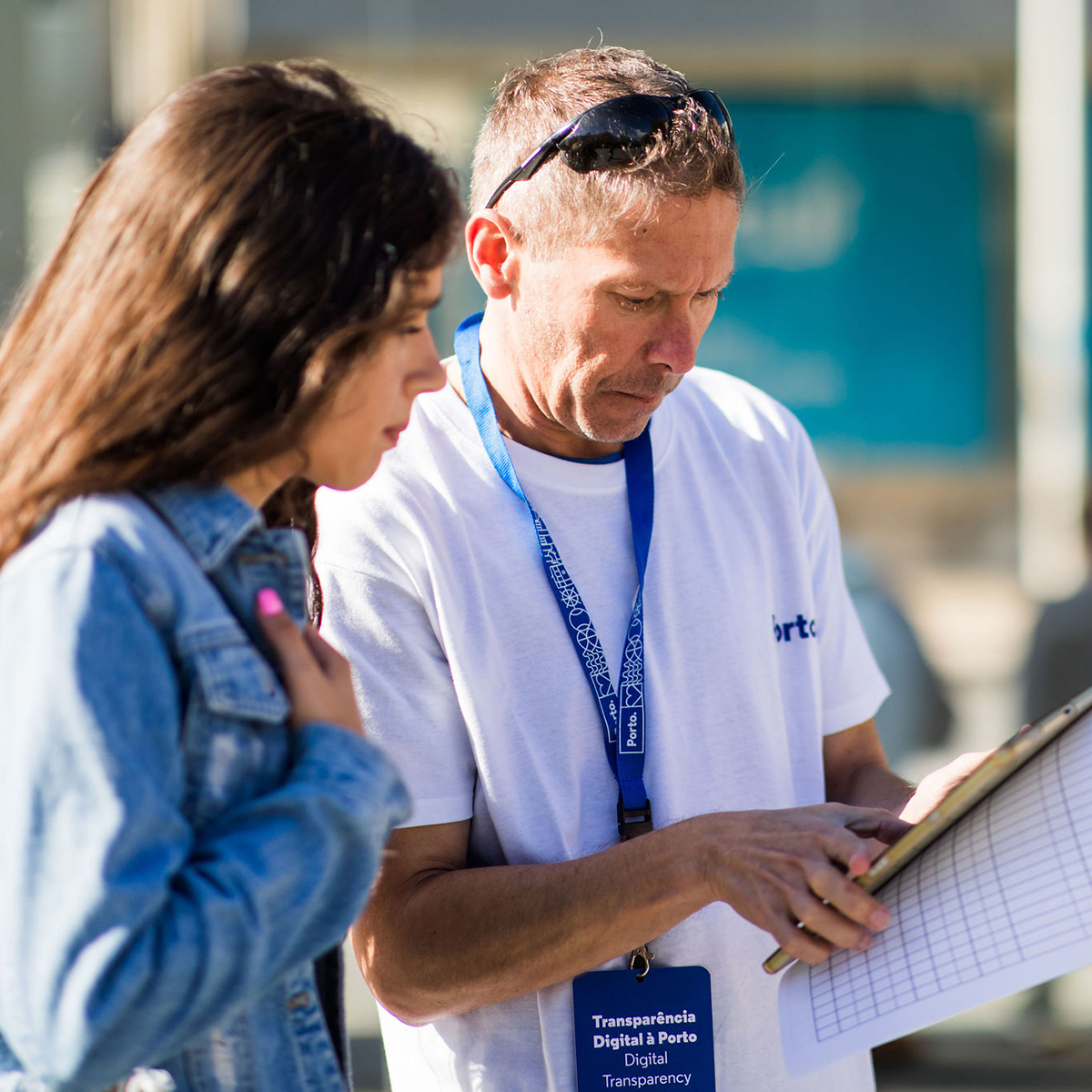
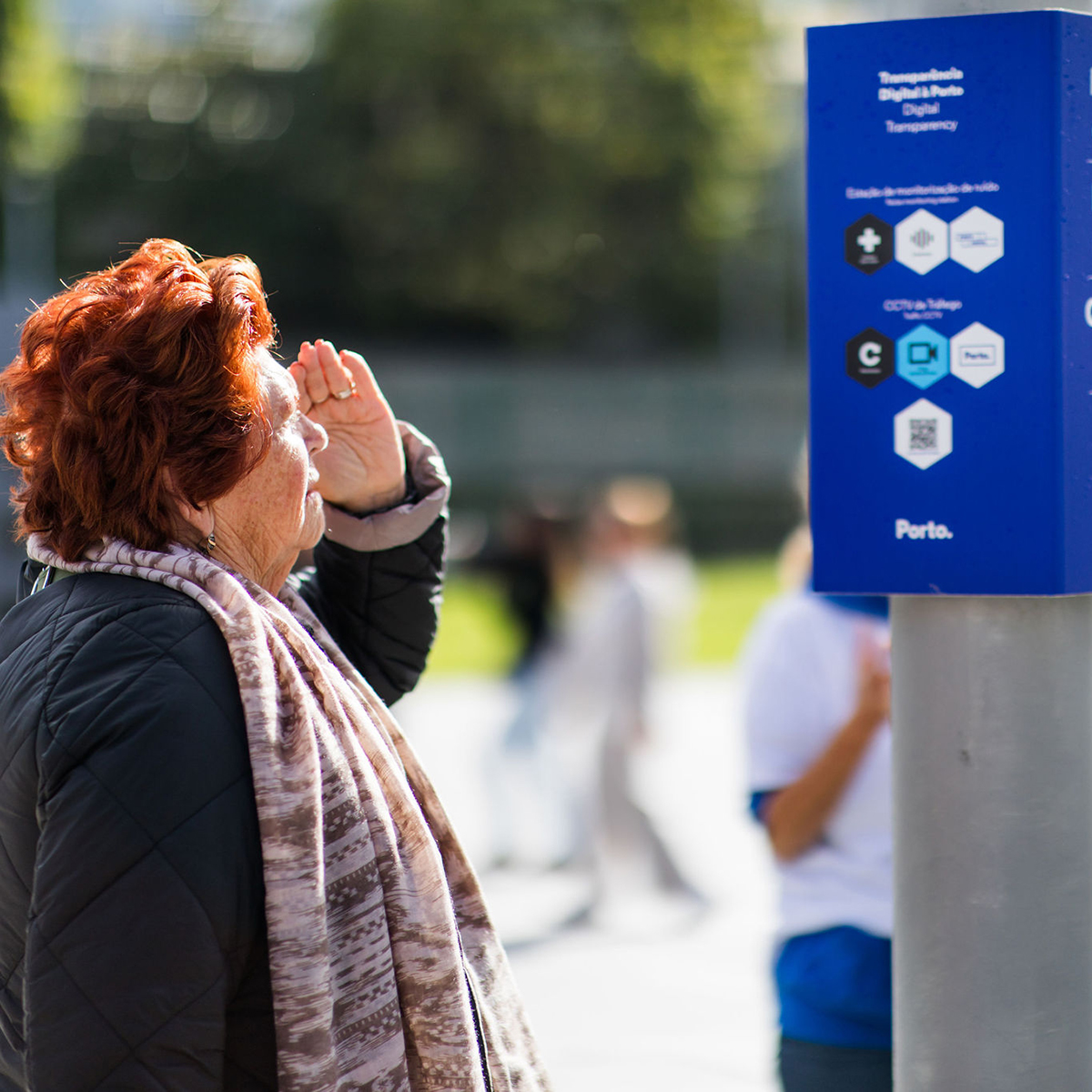
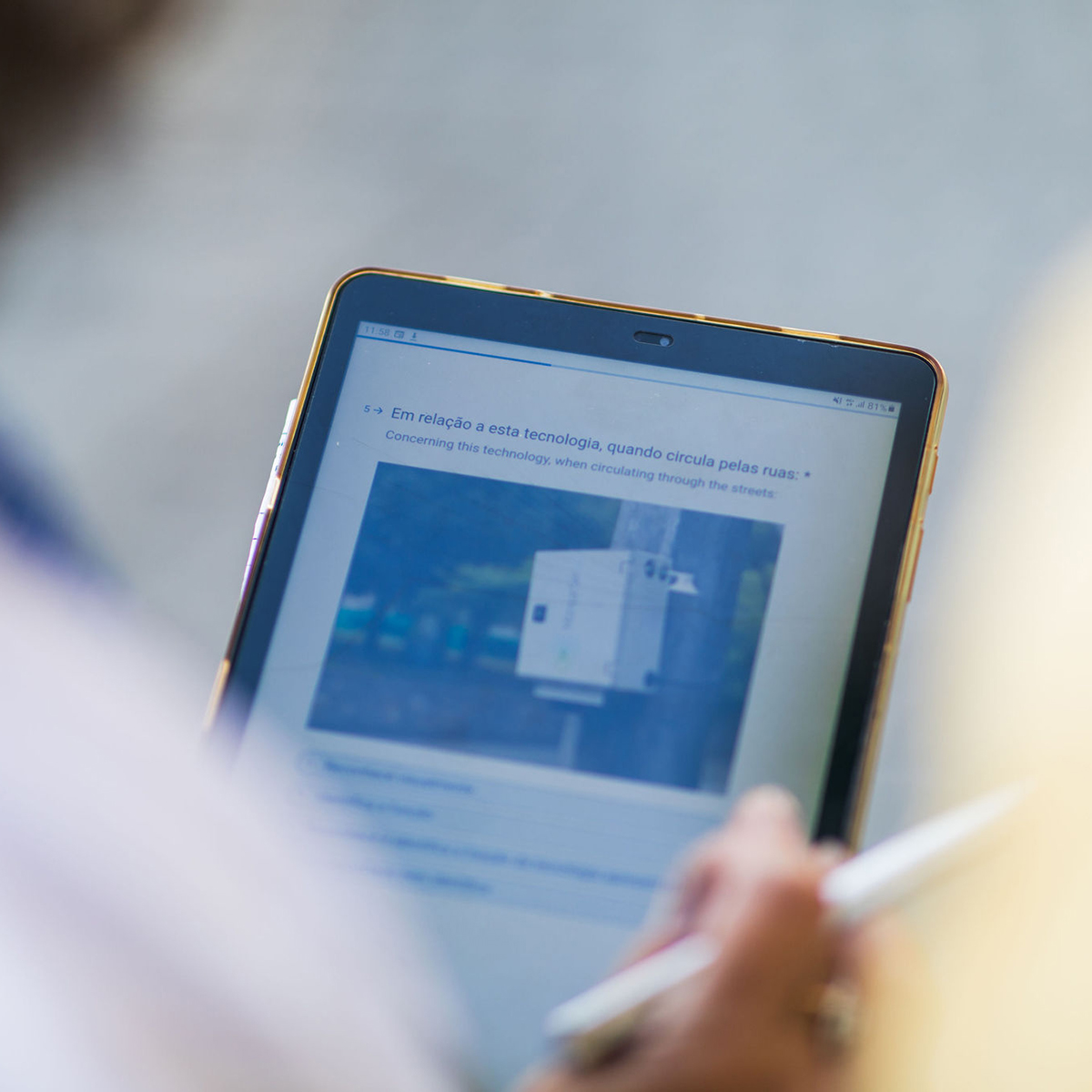

TECHNOLOGIES

Hotspot
Hotspot

Traffic CCTV
Traffic CCTV

Weather Station
Weather Station

Noise Monitoring Station
Noise Monitoring Station

Air Quality Station
Air Quality station
LOCAIS
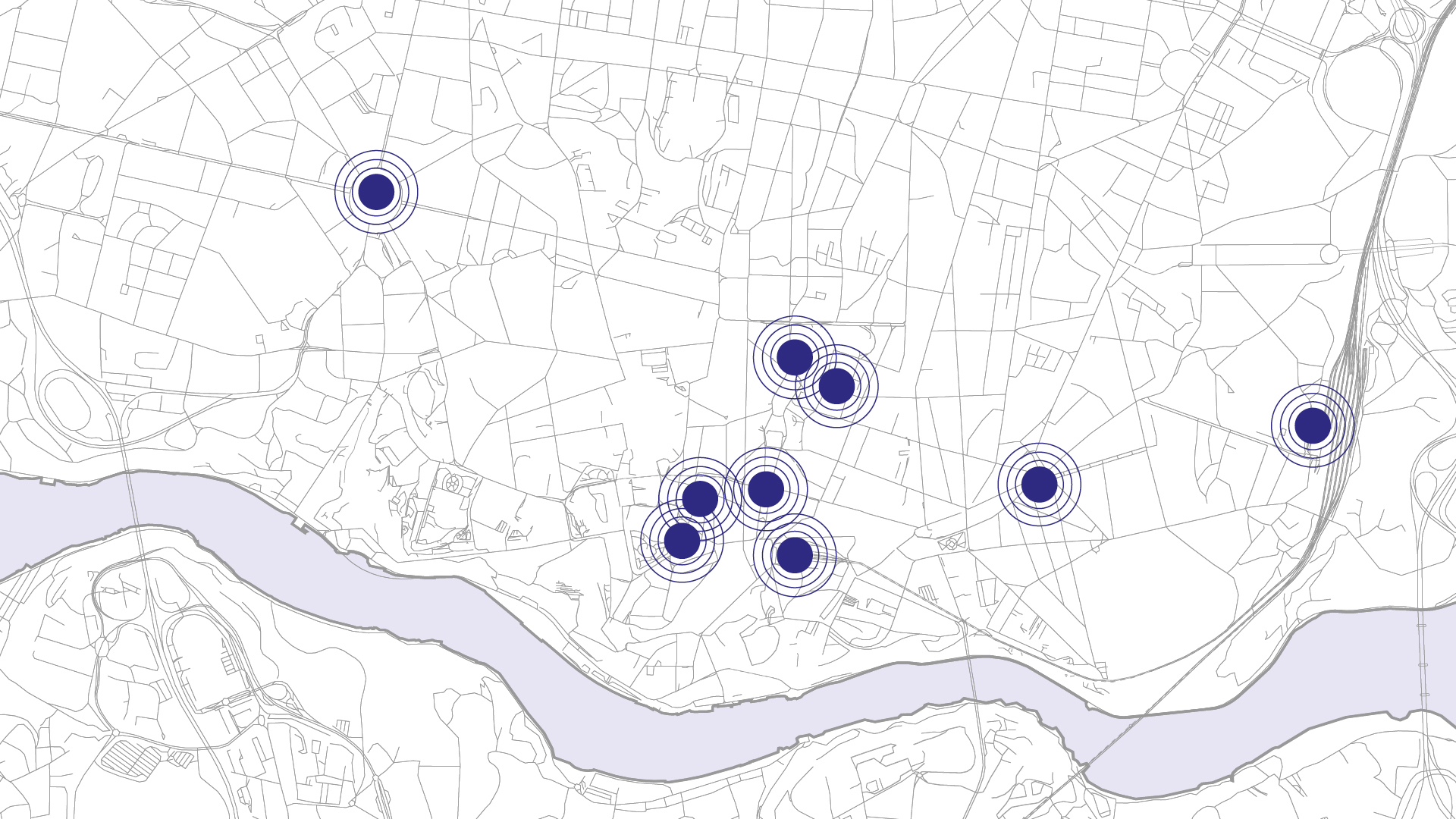
· Aliados
· Cândido dos Reis
· Trindade
· 24 de Agosto
· Estação de São Bento
· Aliados
· Praça de Lisboa
· Bolhão
· Praça Gomes Teixeira
· Rotunda da Boavista
· Estação de Campanhã
· Cândido dos Reis
· Trindade
· 24 de Agosto
· Estação de São Bento
· Praça dos Poveiros
· Praça Gomes Teixeira
· Estação de Campanhã
· Cândido dos Reis
· Trindade
· 24 de Agosto
